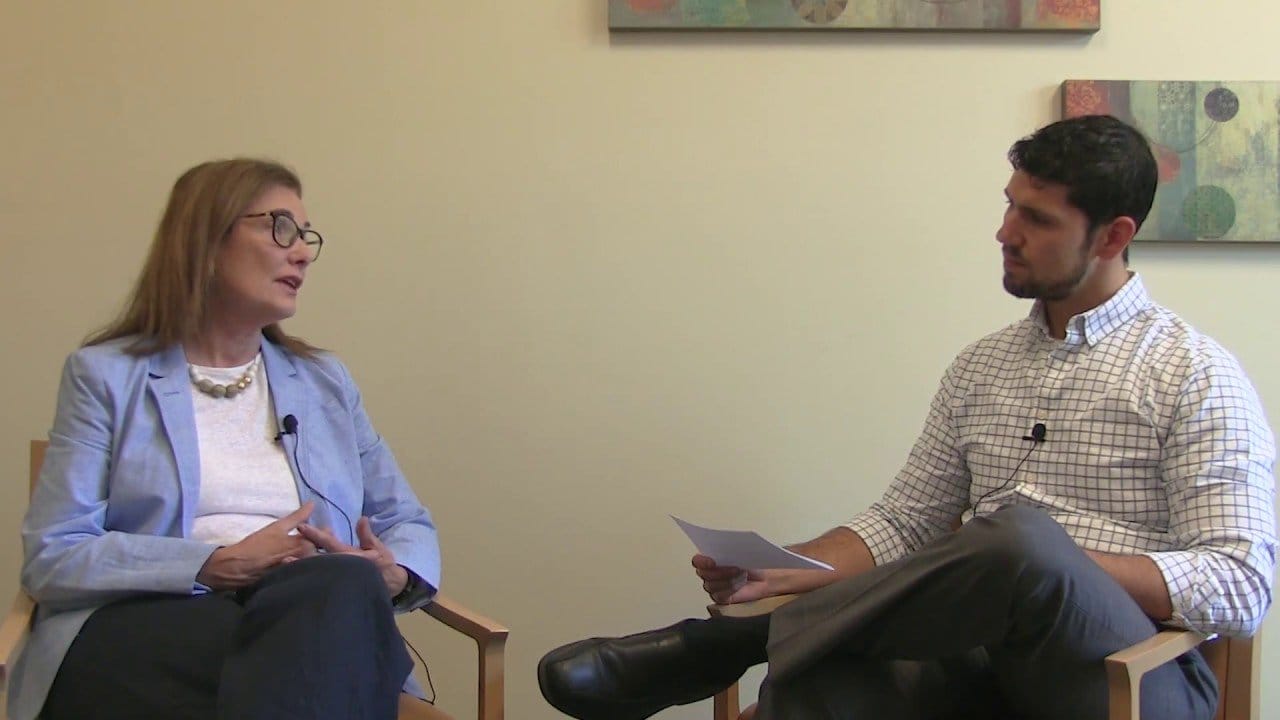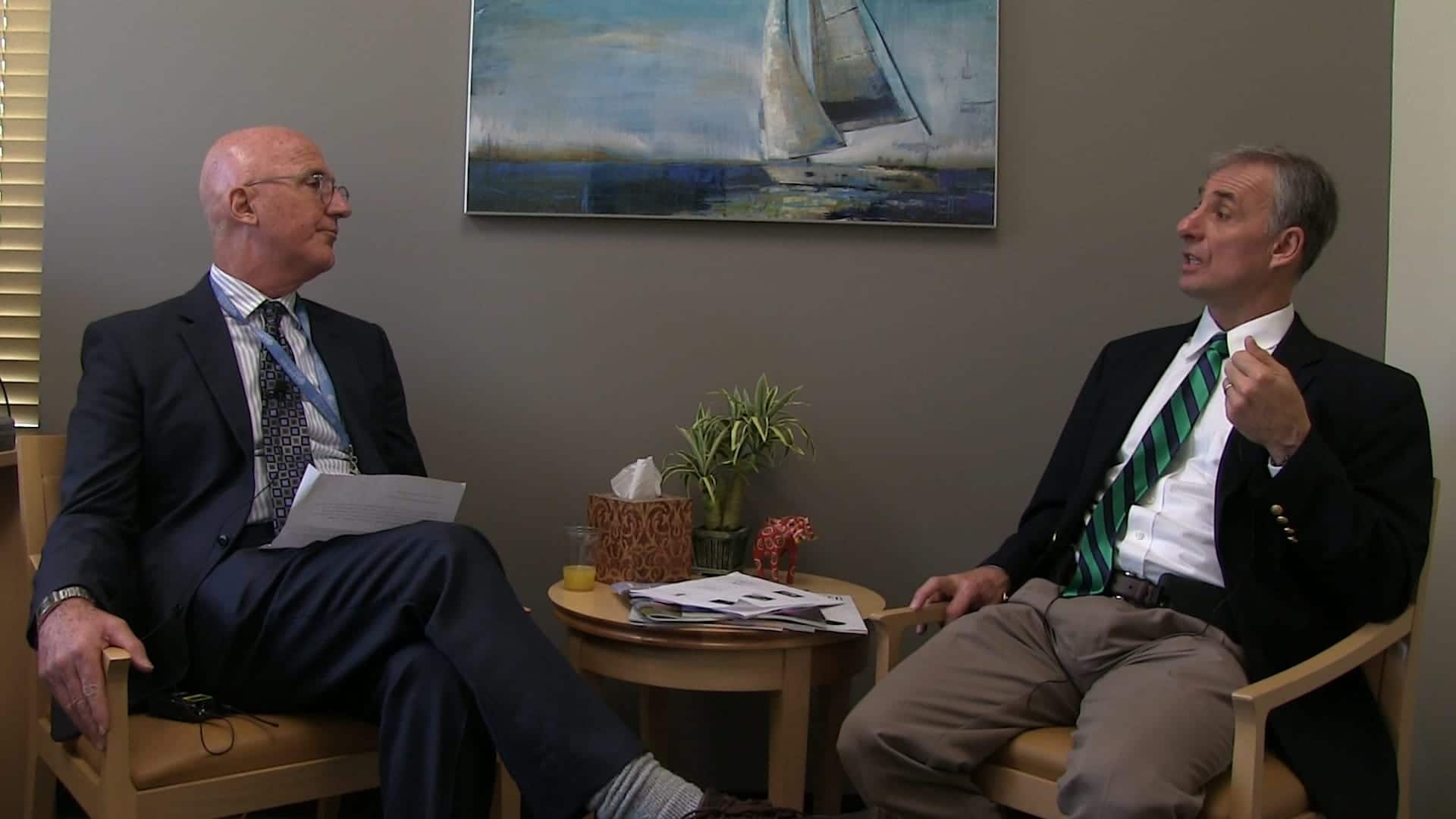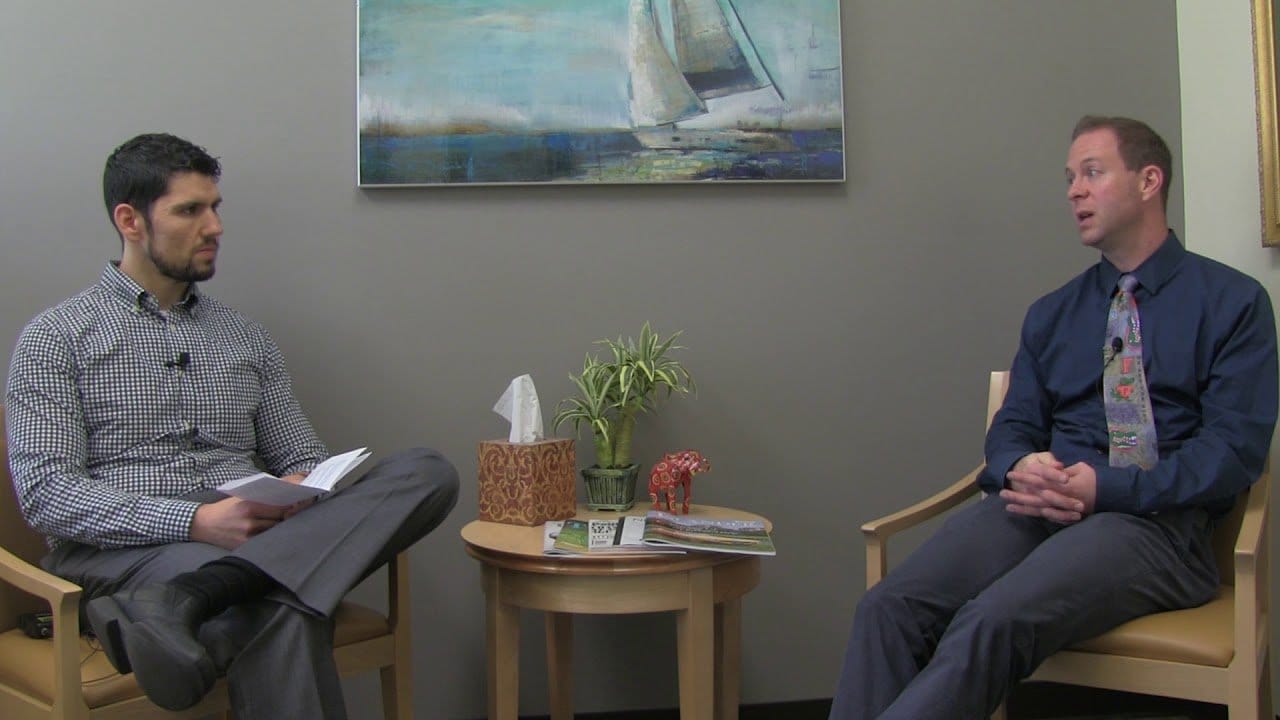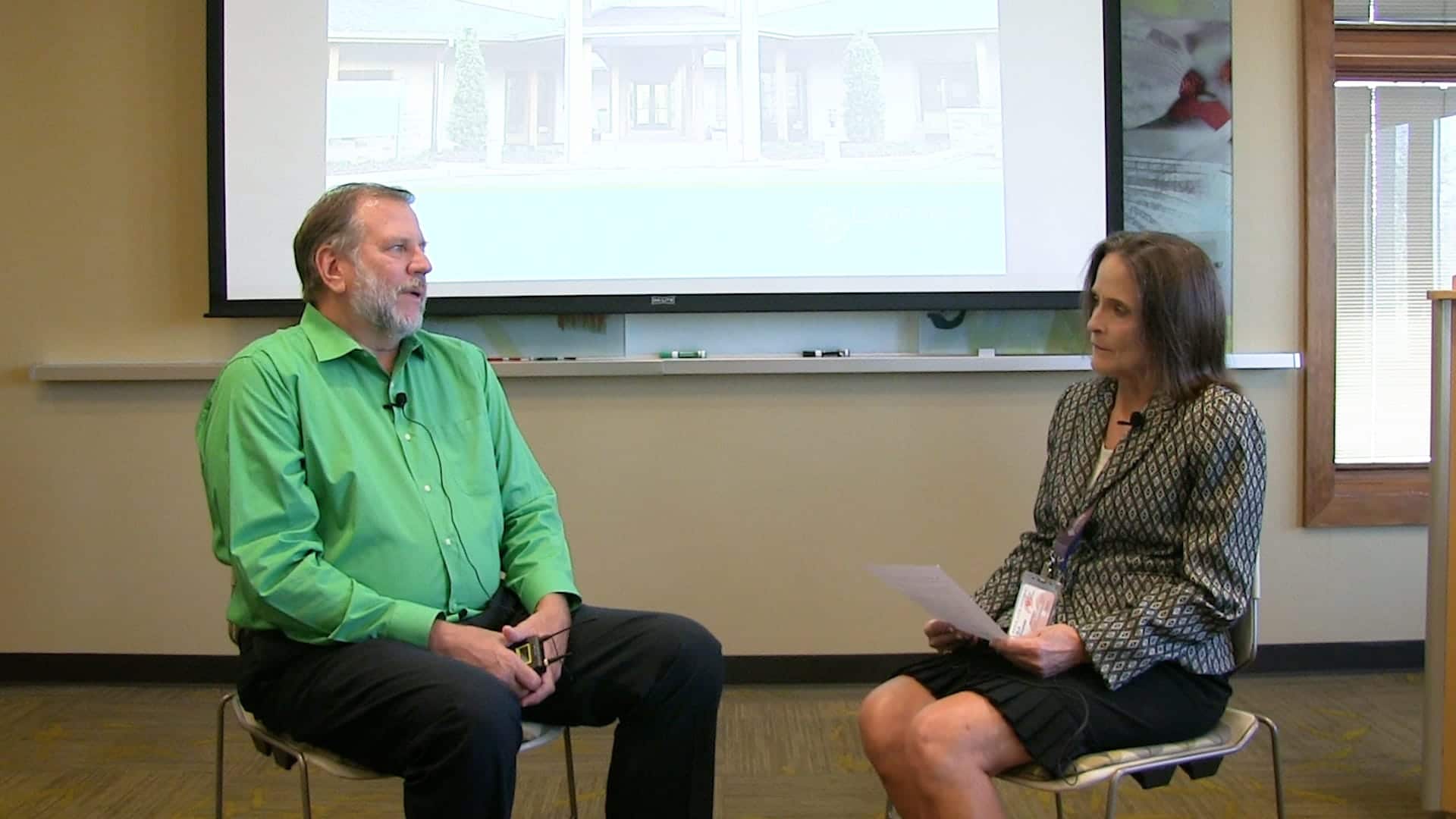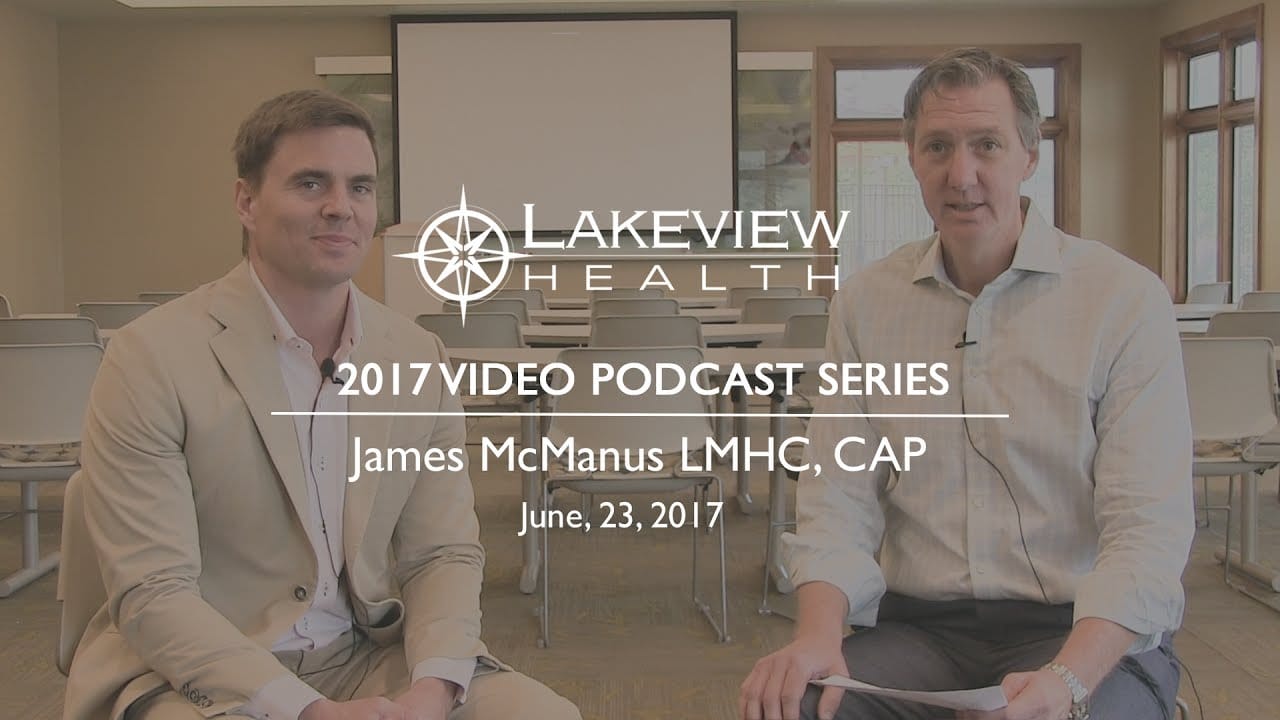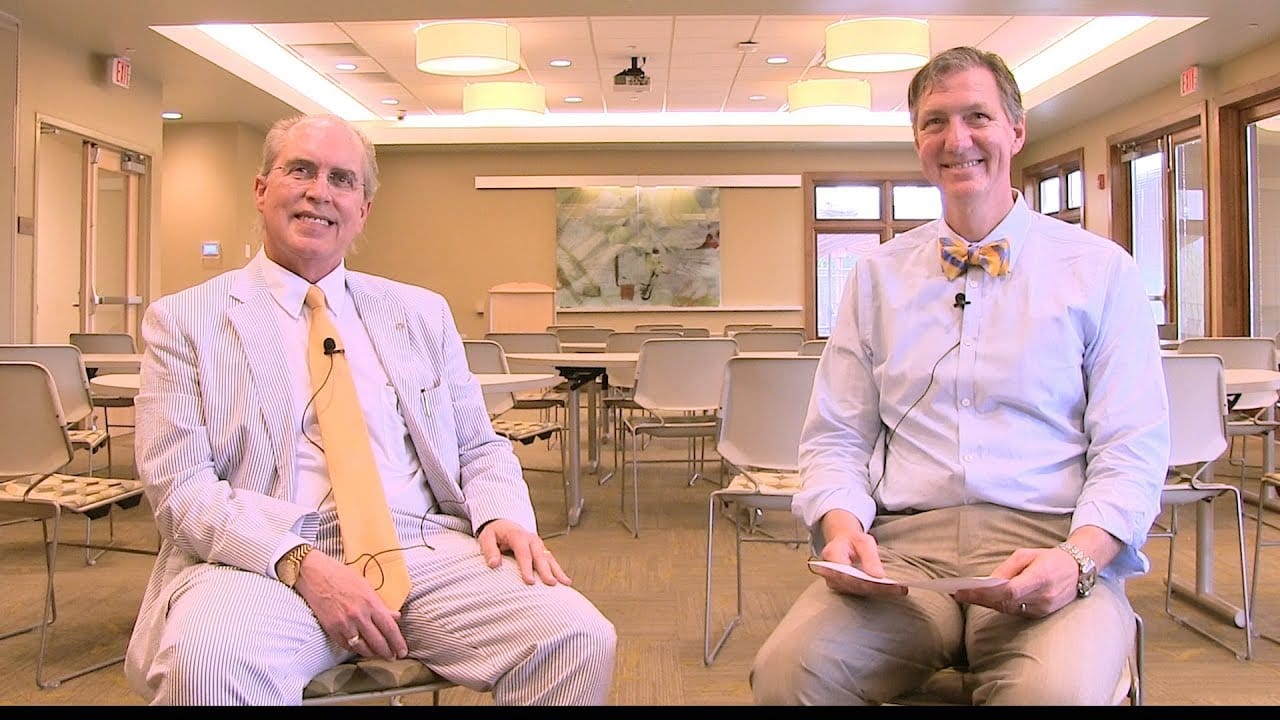

By: Lakeview Health
Dr. Hemphill: Welcome to Lakeview’s video podcast. I’m Dr. Phillip Hemphill, Chief Clinical Officer of Lakeview Health. With me here today, from Williamsburg, Virginia, is my esteemed colleague and Medical Director of the Farley Center, Dr. John Colaluca. Welcome. Dr. Colaluca: Thank you, Phillip. It’s great to be here. Dr. Hemphill: Great to see you again. Dr. Colaluca: Nice to see you too. Dr. Hemphill: You gave a phenomenal presentation on the emerging designer drug culture, and I wanted to know a little bit about, if you could talk about the impact on Williamsburg, Virginia, and how Farley is dealing with this phenomenon. Dr. Colaluca: At the Farley Center, as with most centers, most of our patients are addicted to alcohol, opioids, sedatives, etc. There is a minority of patients that are addicted to research chemicals or hallucinogens, and they identify those substances as LSD, but oftentimes they are these designer drugs, the fetal ethylamine drugs, MDMA, the ecstasy drugs, along with LSD, or along with hallucinogens. What we see a lot of too, is the use of synthetic cannabinoids, Spice, as a substitute for marijuana. It’s been kind of an eye opener at the Farley Center, that as these concentrated marijuana derivatives and products become more and more available, along with the synthetic cannabinoids, that we’re seeing a lot more actual chemical withdrawal problems from marijuana. Marijuana does have a withdrawal problem in terms of irritability, and increased irritability and insomnia, but with synthetic cannabinoids you will get a patient who is tremulous, who has elevated blood pressure, tachycardia, nausea, vomiting. A lot of what you see when someone’s withdrawing from opioids, that we started seeing with these synthetic cannabinoids, is quite distressing, requires in-patient chemical detox, which is unusual. You wouldn’t expect that, but actually these synthetic cannabinoids are much more potent, and cause different sort of reaction. I see a lot more with the marijuana concentrates, becoming more and more potent. A lot more psychosis, and suicidality. Just sudden suicidality, and persistent psychosis, not just with marijuana, but also with these designer drugs and hallucinogens. They don’t seem to re-enter. They seem to stay in a delusional state, not necessarily having visual hallucinations, but fixed paranoid delusions that they really can’t shake, and a lot of them become suicidal and have to be sent to an in-patient locked down unit. Dr. Hemphill: Sure, sure. Real tragic. Dr. Colaluca: It is. It is really damaging. What we like to believe is that we can detox patients, and treat patients, and that they’ll return to normal life. But for many of those patients, there’s no return to normal. It’s a real tragedy. They don’t die, but they’ll never be normal again. Dr. Hemphill: I’ve noticed a little bit of just apathy in society with some of the acceptance of these types of synthetics, and the way that people respond to them, as far as rejecting them. They’ve sort of almost given up with the idea that they’re just for sale at all these gas stations, and all of these other places, and it’s rather tragic for our youth. Dr. Colaluca: Right. It’s a common attitude that marijuana is a safe substance. Dr. Hemphill: Right. Dr. Colaluca: Artificial or synthetic marijuana has to be safe. They wouldn’t sell it over-the-counter if it weren’t, and these other synthetics, they don’t show up that often, or they’re kind of only, strange people do them, so we shouldn’t really worry about them. Of course, the press and news media don’t ever talk about these things, except if it’s really sensational. If it’s really dramatic and sensational. So, people don’t know, and make assumptions that it either doesn’t exist, or it’s innocuous. Dr. Hemphill: Sure. I really like that slide you had about monitoring the future with how many high schoolers are engaging. People that are on probation who are getting by, the regular THC drug screens, but still are on synthetics. Dr. Colaluca: It kind of puts a hole in the notion of drug courts a little bit, although I believe drug courts are effective in monitoring and keeping people, at least abstinent from drugs and alcohol. It points to the fact that they need to do more extensive drug testing, if they’re participants are finding ways around to beat drug testing. Obviously, they do with the synthetic marijuana. Dr. Hemphill: These might be some good ways to assist with the epidemic that’s going on, is to find some better drug testing or cheaper drug testing so we can catch some of this. Dr. Colaluca: It would be nice. It’s expensive to get that sort of testing, so it becomes more difficult when you have to ask for more money to do that kind of testing, if it were just really simple drug testing. But any time your screening is really simple, there are going to be a lot of people that fall through the cracks, that don’t show up positive on those tests, that are actually using drugs and alcohol, but they’re not being detected. Dr. Hemphill: Recently there was an article in the Health Journal, and you were quoted quite a bit in it, and one of the things you cited was that people’s substance abuse, their primary substance abuse, it matters less when you sort of are dealing with them in treatment, if you have multiple substance abuse. As the numbers increase, as far as substance of abuse, substance abuse, do you see the actual treatment changing over time for that? Dr. Colaluca: I don’t see that as something that’s really necessary, but when I first started off in addiction medicine, I believed that if you were on drug A, you needed a specific treatment for A drug, and then if you’re on drug B, you needed a B treatment program, or C or D, or alcohol is different, and what I’ve seen and experienced is that, when you get past what the person is using and the person has accepted that they’ve lost control, they’re going to use it with any sort of sensibility or moderation, that there’s certain commonalities with patients in terms of how they deal with life, how they deal with relationships, how they interact in the community, the way they isolate themselves from other people, the way they push people away, but still an enormous need for relationships with other people, and how certain quirks in their personality tend to destroy and ruin important relationships. Because of that, they’re even more frustrated and their drug use and alcohol use increases. It’s something that we see with patients with all different sorts of drugs that they use, whether it be alcohol, marijuana, opioids, benzodiazepines, sedatives, or using some of these designer drugs, these research chemicals that we’re seeing the same life consequences and destructive behavior, and an inability to cope with any level of uncomfortability except to go back to using drugs and alcohol. No real options in terms of healthy coping mechanisms. The same sort of treatment approach needs to be, I believe, for everybody, because everybody shares the same deficiencies, and has the same sort of problems, when you get past what they’re using. Dr. Hemphill: The article also cited you as talking about how substance use, there’s an element of isolation, and the person really being alone, and that really one of the keys is having the person be able to reach out and connect and make lasting relationships. Can you talk a little bit about the works of that? Dr. Colaluca: It’s very important as drug and alcohol use proceeds and becomes more and more intensive, alcohol or drugs are preferred over social contact or social activities, even work activities. An addict or an alcoholic will tend to hide what they’re doing, and push people away and not get involved, who were connected to other people, and winds up very isolated, with just their drugs or their alcohol. In treatment, we make a concerned effort to connect to other people. At Farley, we have a partial program where patients can actually leave, or walk out of the building, but they can’t walk out of the building by themselves, so they have to find a male peer. So, they have to make that connection to another male peer. Females have to make that connection to a female peer. When they go to their apartments, they live in small community apartments, they have to work out problems together as a group. They can’t go and come without another peer. We want them to get sponsored, so they have to make a connection to an outside person who has the same disease they do. We make them call this person every day. So, they have to talk to them, and they’re part of a community of recovering people in treatment, so they’re connected to individuals. They’re connected to their apartment mates, but they’re also connected to the community, and then they’re also connected to the outside AA community, and all of these are ideally accepting and understanding, and really loving this person and giving them that interpersonal contact, that they have not had. When people are recovering, they need that support. They need people to help them, with just some real basic things, and it’s Farley’s job, and I think a good job for any treatment center to push people to be together and to be connected, but to minimize the amount of time that they’re isolating and being by themselves, because when patients isolate, they get into their head and start thinking about [inaudible 00:13:08] the future, and that’s not a good idea. Whereas, if they’re talking to a peer, or they’re talking to their sponsor, their sponsor can redirect them, and say, “You know, it doesn’t necessarily have to be that way. It could be this way. You don’t know that, that’s going to happen.” That gives them a little bit of insight into the possibility that their life could be good, and it doesn’t have to be tragic. But all that comes from other people, and people don’t recover by themselves. They have to have a community. They have to have a group. That’s my opinion. That’s what we practice at Williamsburg. Dr. Hemphill: Sure. Well, it’s been great seeing you, and spending time with you and hearing your lecture. It’s a real pleasure spending time with you, Dr. Colaluca. For those of you watching, you can learn more about Farley Center. You can visit their website at farleycenter.com, or you can call them at 866-470-9548. That’s 866-470-9548. Thank you again for joining us today in Jackson. Dr. Colaluca: It was a pleasure. Dr. Hemphill: Good seeing you. Dr. Colaluca: Nice seeing you again.
